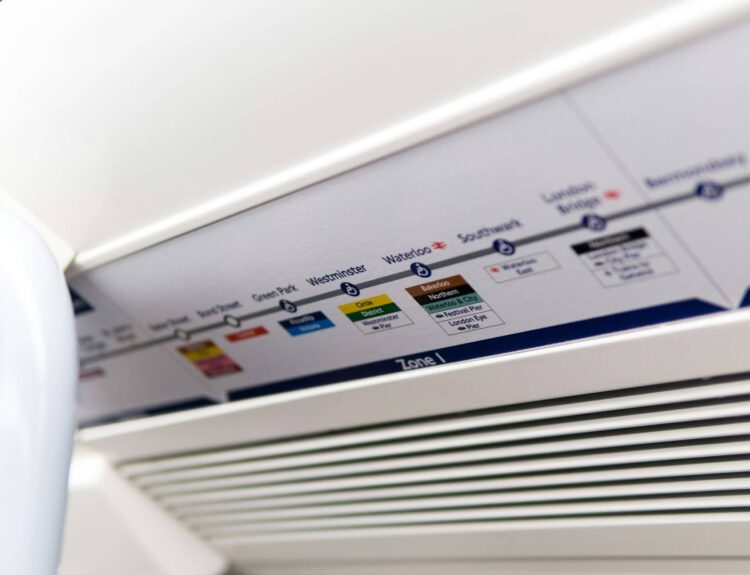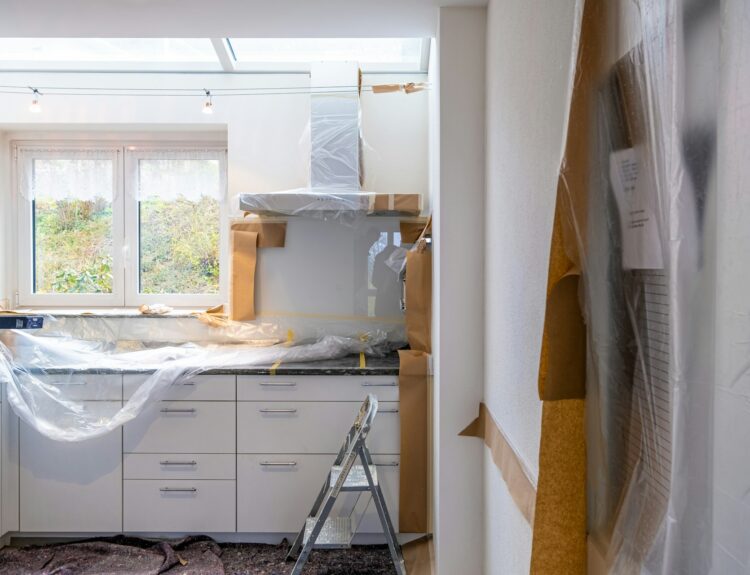Are you dreaming of giving your car a fresh, flawless paint job? Whether you’re restoring an older vehicle or simply want to switch up its look, achieving a perfect finish requires meticulous preparation and technique.
This blog post will walk you through the step-by-step process for achieving a flawless car paint job. It’s designed for automotive enthusiasts and DIYers who are keen on mastering the art of automotive refinishing.
By the end of this guide, you’ll understand the essential steps involved and be armed with practical tips to ensure a professional-quality outcome.
Step 1: Preparing Your Workspace
Setting up a clean, dust-free workspace is essential for achieving a flawless car paint job. Dust and debris can easily get trapped in the paint, leading to imperfections. Follow these steps to ensure a professional finish:
1. Set Up a Clean Work Area:
- Choose a well-ventilated area, preferably equipped with a dust extraction system.
- Ensure the workspace is free from dust, debris, and other contaminants.
2. Gather Essential Tools and Materials:
- Assemble necessary items including sandpaper, masking tape, plastic sheeting, paint sprayers, and safety gear.
- Investing in high-quality materials can significantly impact the final result.
3. Ensure Safety First:
- Safety should always be a priority when working with automotive paints and solvents.
- Wear appropriate safety gear, including gloves, goggles, and a respirator.
- Ensure proper ventilation to avoid inhaling harmful fumes.
By meticulously preparing your workspace, gathering the right tools, and prioritizing safety, you set the foundation for a successful and professional car painting project.
Step 2: Surface Preparation
To achieve a flawless car paint job, it is crucial to meticulously prepare the vehicle’s surface. Begin by cleaning the surface to eliminate dirt, grease, and old paint using a degreaser and a clean cloth. Follow these steps for the best results:
1. Cleaning and Sanding the Surface
- Thoroughly clean the vehicle’s surface to remove all contaminants.
- Use a degreaser and a clean cloth for optimal cleaning.
- Sand the surface with various grits of sandpaper to create a smooth, even base for the paint.
2. Repairing Surface Imperfections
- Inspect the vehicle for any dents, scratches, or rust spots.
- Utilize body filler to repair dents and a rust converter for rusted areas.
- Sand the repaired sections until they are smooth and flush with the surrounding surface.
3. Applying Masking Tape and Plastic Sheeting
- Protect parts of the vehicle that should not be painted, such as windows, trim, and tires.
- Carefully apply masking tape along the edges for precision.
- Cover large areas with plastic sheeting to ensure clean lines and prevent overspray.
By following these step-by-step processes, you will create a perfectly prepared surface ready for a professional-grade paint application.
Step 3: Priming the Vehicle
Choosing the right primer is a critical step in ensuring adhesion and durability. Here’s how you can effectively prime your vehicle:
1. Selecting the Appropriate Primer:
- Epoxy Primers are excellent for bare metal surfaces, providing superior adhesion and corrosion resistance.
- High-build primers are ideal for filling minor imperfections, creating a smooth base for the topcoat.
- Consult a Professional to determine the best primer for your specific project, as the choice of primer can significantly impact the outcome.
2. Applying the Primer:
- Use a paint sprayer to apply the primer in thin, even coats.
- Hold the sprayer at a consistent distance from the surface.
- Employ smooth, overlapping strokes to ensure even coverage.
- Allow each coat to dry fully according to the manufacturer’s instructions before applying subsequent coats.
3. Sanding Between Coats:
- After the primer has dried, lightly sand it with fine-grit sandpaper to achieve a smooth surface.
- This step helps to remove any imperfections and ensures better adhesion of the topcoat.
By following these steps, you ensure that your vehicle’s surface is perfectly primed, setting the stage for a flawless car paint job.
Step 4: Painting the Vehicle
Choosing the right paint is critical for achieving a flawless finish when painting a vehicle. Automotive paints come in various types, including acrylic, enamel, and urethane.
Urethane paints are highly durable and provide a glossy finish, making them a popular choice for professional painters. To ensure optimal results, follow these step-by-step processes:
1. Selecting the Right Paint
- Opt for urethane paint for its durability and glossy finish.
- Consider other types like acrylic and enamel based on your specific needs.
2. Mixing and Preparing the Paint
- Follow the manufacturer’s instructions for mixing the paint and reducer.
- Use a paint strainer to remove any impurities from the mixture.
3. Applying the Base Coat
- Apply the base coat in thin, even layers using smooth, overlapping strokes.
- Allow each coat to flash off (dry) before applying the next one.
- Typically, two to three coats are sufficient for full coverage.
Properly mixed and applied paint ensures a smooth, even application, resulting in a professional, high-quality finish.
Step 5: Clear Coating and Finishing Touches
Applying the clear coat is a crucial step in the painting process, adding a protective layer that enhances both durability and gloss. Here’s how to achieve a professional automotive refinishing:
1. Applying the Clear Coat:
- Use thin, even layers.
- Apply using the same technique as the base coat.
- Allow each coat to dry according to the manufacturer’s instructions.
2. Wet Sanding and Buffing:
- Wet sand the surface with fine-grit sandpaper to remove imperfections.
- Follow up with a buffing compound to achieve a high-gloss finish.
- Exercise patience and attention to detail for the best results.
3. Inspecting for Final Touches:
- Inspect the vehicle for any remaining imperfections.
- Use a fine brush to correct small flaws.
- Ensure the paint is fully cured before handling or exposing the vehicle to the elements.
By following these steps meticulously, you ensure a flawless and durable finish, showcasing the vehicle’s true beauty and craftsmanship.
Step 6: Maintaining Your Flawless Finish
Maintaining your vehicle’s flawless finish requires a combination of regular care and prompt attention to any imperfections. Here are key steps to keep your car’s paint in pristine condition:
- Regular Cleaning and Waxing: Use a mild car wash soap and a microfiber cloth to clean the surface. This gentle method prevents scratching. Additionally, applying high-quality car wax every few months will protect the paint from UV rays and environmental contaminants.
- Avoiding Harsh Chemicals: Steer clear of harsh chemicals and abrasive materials that can damage the clear coat and dull the finish. Use products specifically designed for automotive finishes to ensure the best protection.
- Addressing Chips and Scratches Promptly: Deal with chips and scratches as soon as they occur. Use touch-up paint and a fine brush for small areas, and consult a professional for larger imperfections to prevent further damage.
By following these automotive refinishing guidelines, you can ensure your vehicle maintains its showroom-quality appearance for years to come.
Conclusion
Achieving a flawless car paint job is a meticulous process that requires careful preparation, the right materials, and professional techniques.
By following this step-by-step guide, you can transform your vehicle and enjoy a showroom-quality finish. Remember, patience and attention to detail are key. Take your time with each step to ensure the best results.
If you’re looking for more personalized guidance or professional assistance, don’t hesitate to reach out to experts in automotive refinishing. For more tips and insights on achieving a flawless car paint job, visit this website. Happy painting!






